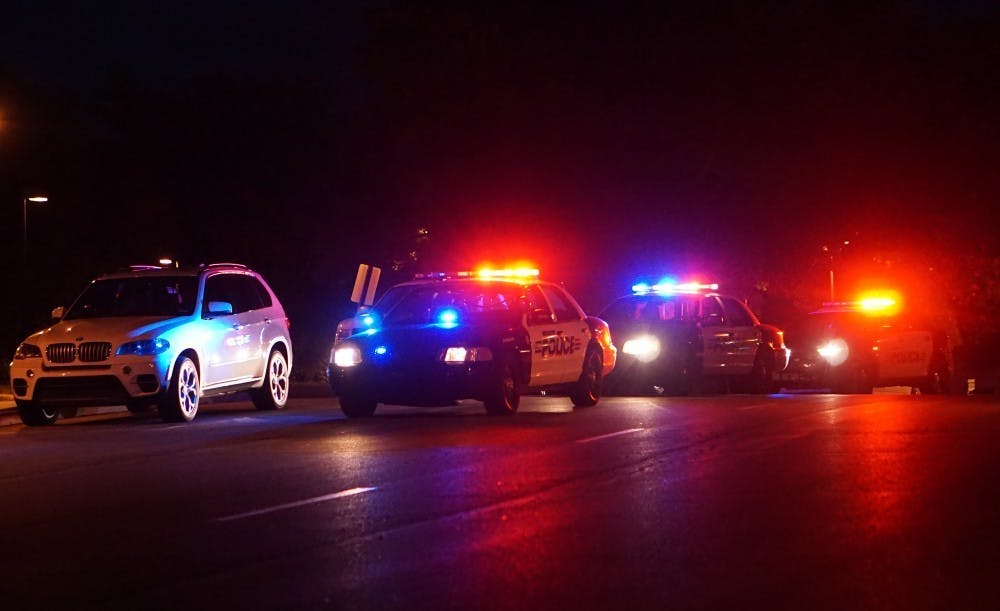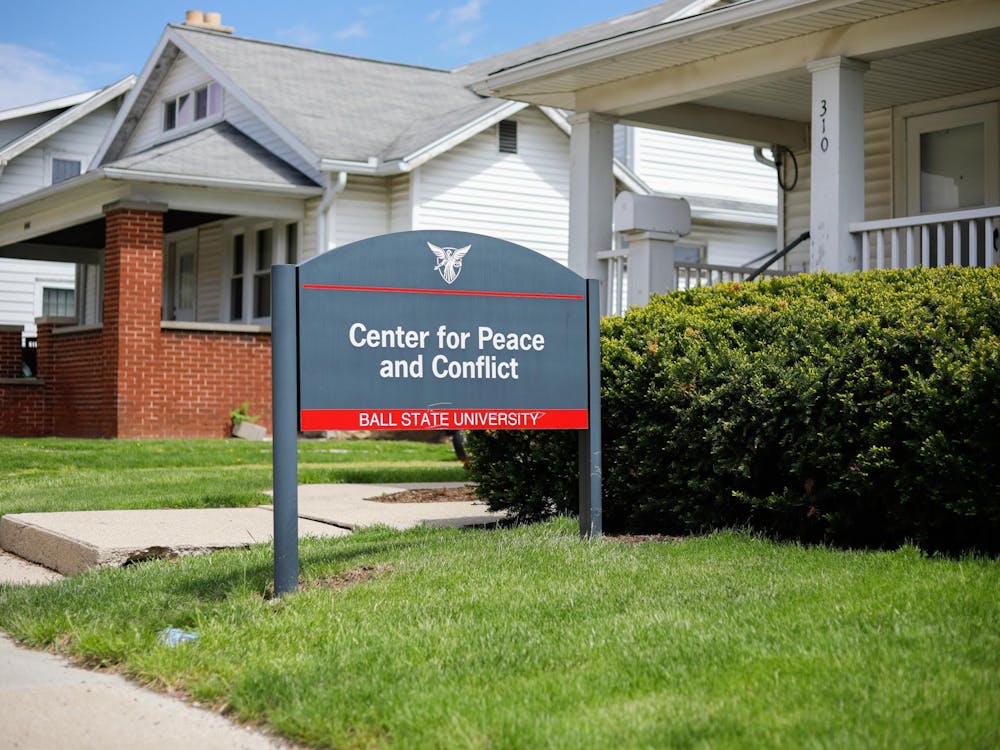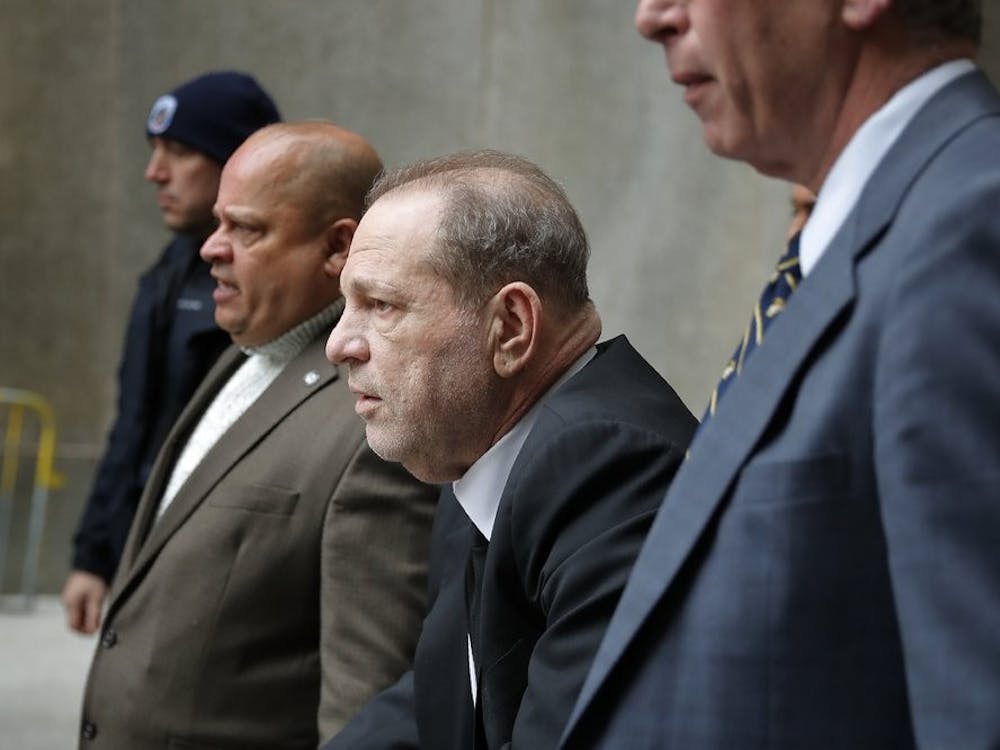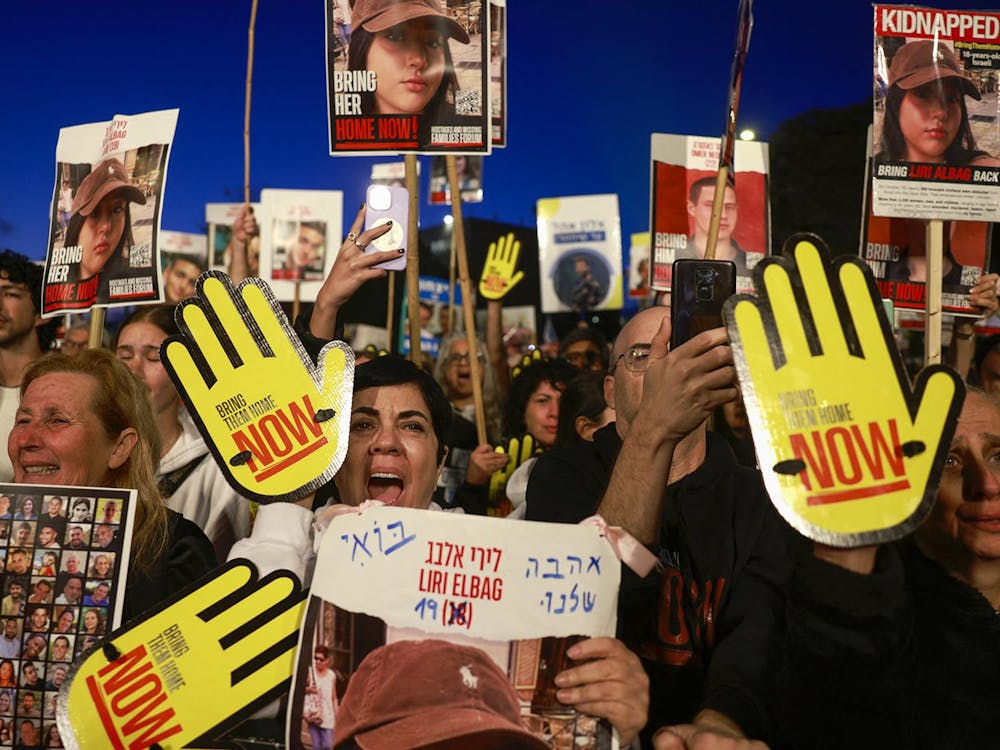School shooting incidents this year including Parkland, Florida, Santa Fe, Texas and Noblesville, Indiana, have drawn national attention, but also seem to be an issue of concern in Indiana.
According to the 2018 Hoosier Survey presented by the Bowen Center for Public Affairs at Ball State, 56 percent of Hoosiers were at least “somewhat worried” about a shooting occurring in their local school.
“I think this tells you, the good thing is that people are worried. They should be,” said Jagdish Khubchandani, associate professor of community health.
A majority of Hoosiers said mental health-related approaches to school safety are “very effective.” Sixty-four percent of the respondents ranked preventing people with mental illness from purchasing guns and 58 percent ranked improving mental health screening and treatment as the top two potential school safety measures.
Khubchandani said mental illness isn’t more likely to predict how violent a student can be. Instead, a history of being violent to peers, adverse childhood experiences, being in possession of a weapon and having abusive families are better predictors of who is going to engage in violent behavior.
“Once you start blaming the mentally ill, it creates more stigma,” Khubchandani said. “This selective labeling of people is not good.”
Khubchandani said societal and political response to a school shooting is usually blaming the mentally ill because it’s an easy excuse. He said the science does not suggest that the mentally ill are more violent than others.
“More likely they’ll take their own life, not other people’s life,” Khubchandani said.
The survey also states 47 percent of Hoosiers said having metal detectors in schools is “very effective.” In October, Muncie Community Schools acquired 17 handheld metal detectors as part of Gov. Eric Holcomb’s school safety program.
Khubchandani said having more police officers, more metal detectors, backpack checks and active shooter training is “more like a treatment than prevention.”
The respondents ranked banning assault-style weapons and allowing teachers and school officials to carry guns in schools as the two least effective of the five potential school safety measures, the survey states.
Khubchandani said it was “disheartening” to see banning assault-style weapons ranked lower than the other options, and said it is a “ridiculous” idea to allow teachers to carry guns, given the liability issues and the lack of scientific evidence that it is effective.
“This is, I think, American exceptionalism of some weird kind, that I need an assault weapon to protect myself and it’s my Second Amendment right,” Khubchandani said. “There’s no safety in this. People are not well protected.”
Forty-six percent of Republican respondents said arming teachers was “very effective” as opposed to 13 percent of Democrats. Sixty-four percent of Democrats said an assault weapon ban was “very effective” as opposed to 20 percent of Republicans.
Chad Kinsella, assistant professor of political science who provided data analysis and commentary on the survey results, said the issue of gun control is part of the giant “culture war” that also encompasses similar divisive issues like abortion and LGBTQ rights.
“Unfortunately, with many things, including guns, it’s like the discussion itself can’t happen,” Kinsella said. “The conversation … is over when it starts.”
Kinsella said the idea of arming teachers has been around for a long time, but has become a policy issue only of late.
“The idea of arming teachers has been flirted around, but I think that’s an absolutely wrong idea,” said state Rep. Sue Errington, D-Muncie. “We now have armed security guards, and they’re trained. Teachers are trained to teach kids.”
Errington said legislative discussion on gun control measures and background checks needs to be revisited.
Before the Parkland shooting, Indiana was one of only a handful of states to have a “Red Flag Law” that allows law enforcement to seize and retain guns without a warrant if the individual presents an imminent risk of personal injury to oneself or another individual, pending a court review of the seizure.
“I think Ball State has done a really good job of preparing for and evaluating our security needs and continually trying to enhance that,” said Jim Duckham, chief of Ball State University Police and director of public safety.
Duckham said resources at Ball State like the Civilian Response to Active Shooter Events (CRASE), the Behavioral Intervention Team (BIT), online resources regarding emergency preparedness, along with the security infrastructure already in place, helps the members of the community be aware and prepared for firearm-related emergencies.
“I’m supportive of the no firearms on campus [policy]. I’m not a proponent of more guns,” Duckham said about his personal opinion on the issue. “I don’t think that’s the solution to things.”
Duckham said there is a lot of training and practice that goes into being proficient with a handgun and operating a weapon in a high-stress condition.
“I think you have to take a reasonable approach to solutions to solve problems,” Duckham said. “My job is to support the rules, laws and the policies of the Board of Trustees.”
Contact Rohith Rao with comments at rprao@bsu.edu or on Twitter @RaoReports.





